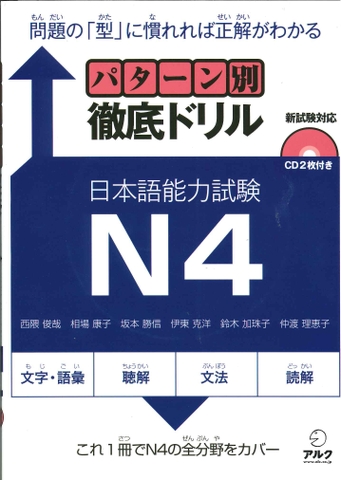The Japanese Language Proficiency Test (JLPT) has struck fear in the hearts of many, especially listening skill, but if you have the effort and willingness to put in just a little bit of study time, you can pass JLPT N4 listening test after 3 month. The 3 tips in this guide are what I used to pass the JLPT listening N4 and improve my level of Japanese.
Listening to Japanese Radio every day
To pass JLPT N4 listening test after only 1 month, you have to try your best and study everyday, every time you can.
Akira center has recapitulated the online radio stations below to help you improve your listening skill in Japanese :
FluentU is one great way to find interesting, approachable video content in your target language. It also provides dynamic subtitles which go along with the video, which means that you can see how the spoken segmentation rules relate to the written phrases
DeliCast Radio . It provides carefully selected videos from all over the Internet in your target language, many featuring natural, casual speech RadioGuide.FM This website is Easy to Use. All your favorite radiostations just one click away. Just choose your favorite radiostation and listen to the best radio stations in the world.
Remember that if you want to pass JLPT N4 listening after 3 month, please do not only listening ! Write the words or phrases you hear, and also an example of the context so you can understand how to use them properly. By the way, find a radio station in Japanese that interests you, the learning process will be more exciting.
Practice JLPT N4 listening test with japanese listening book
There are several japanese listening book for JLPT N4 listening test you can find in the bookstores. Use this book like the valuable resources and do not waste them. We recommend some japanese listening books you need to enjoy.
- 日本語そまとめ ちょうかい N4 (nihonggo somatome choukai N4 ) :If you’re a full-time student or worker and don’t have very much time for Japanese, these are the books for you. The daily lessons are relatively short and to the point, compared to other study texts. It can also be a great review tool if you have already studied most of the information and you need a refresher on the meanings and uses of some of the vocabulary or grammar that show up on the JLPT.
- パターン別 徹底 ドリル ( patan- bestu tettei doriru ) the textbooks are just a series of quizzes and practice tests, set up almost exactly in the style of the JLPT N4 listening . If you like to quantify your progress with exact numbers this is the book for you!
- パターン別 徹底 ドリル book
Whatever your learning style, there’s most definitely a book or series out there that will help you study for the JLPT.
- 聴解 トレーニング( choukai tore-ninggu):this listening book as exercises similar to the actual JLPT, along with answer strategies, skills necessary to understand the 5 different types of listening questions and a mock test.
- 聴解 トレーニング book
Practice shadowing
What’s this? Shadowing is a technique which consists of repeating out loud when you are listening to Japanese radio, word by word, and in a clear manner what you’ve just heard over the radio. The most important thing is to make sure you reproduce the same words, the same intonation, the same sounds as the speaker. This technique is all about learning a language just as you yourself learned how to speak: by repeating the sounds you hear. This is the best way to improve not only your listening skill but also your speaking, and I am sure that after 3 month you can hear japanese better and absolutely are able to pass the JLPT N4 listening test.
The shadowing method allows you to:
- express yourself more clearly and more fluently
- make your spoken rendition more lively
But Japanese is one of the most complicated laguage in the world. If you can't learn Japanese by your own and you find difficult to practice JLPT N4 listening test, let's come to the offline course. In this class, you will not only be exposed to the knowledge of the Japanese standards, but also be trained to communicate, be introduced to Japanese culture, ...
Source: blog.akirademy.com


Không có nhận xét nào:
Đăng nhận xét